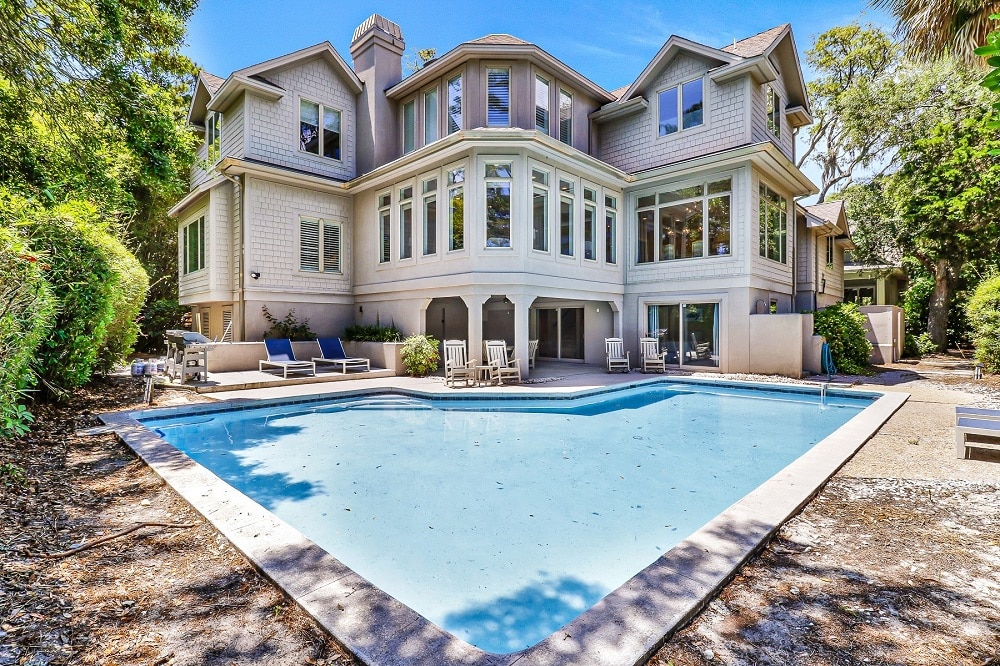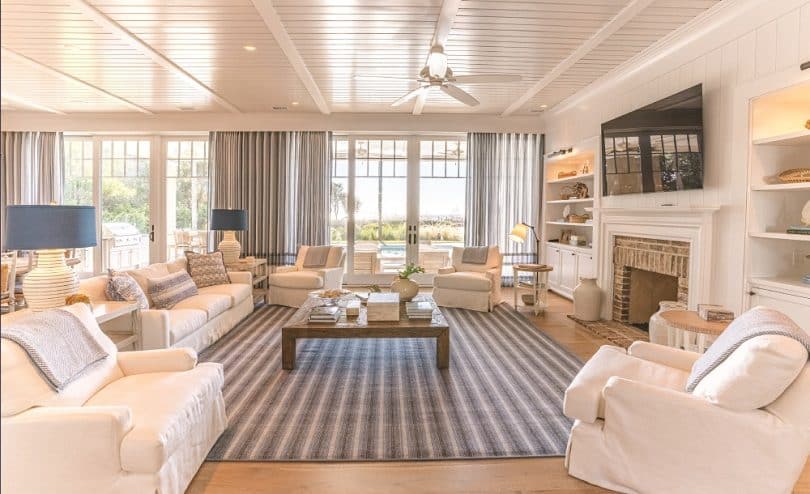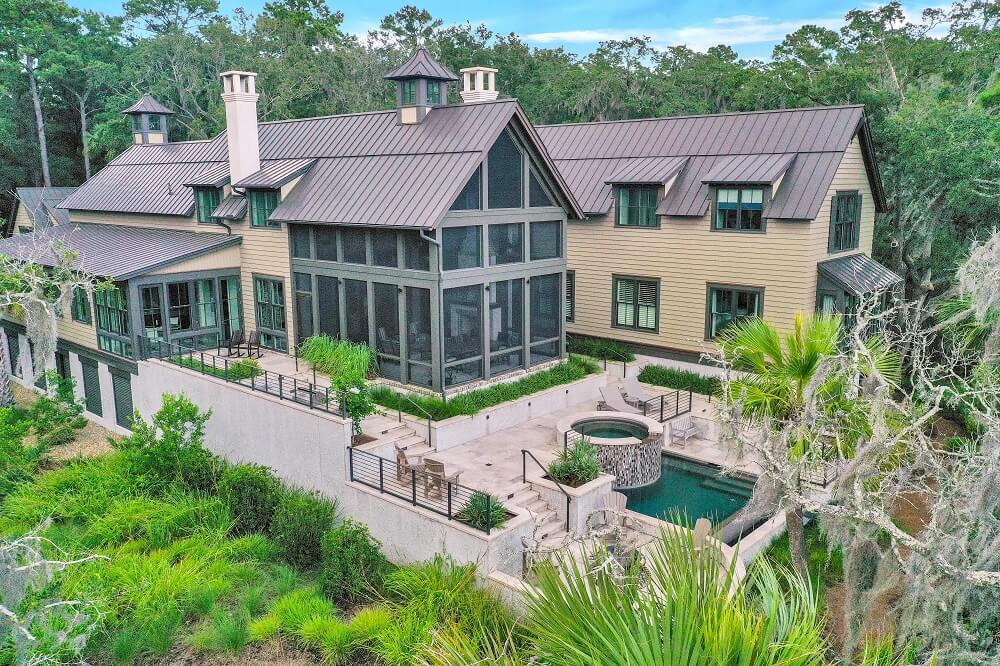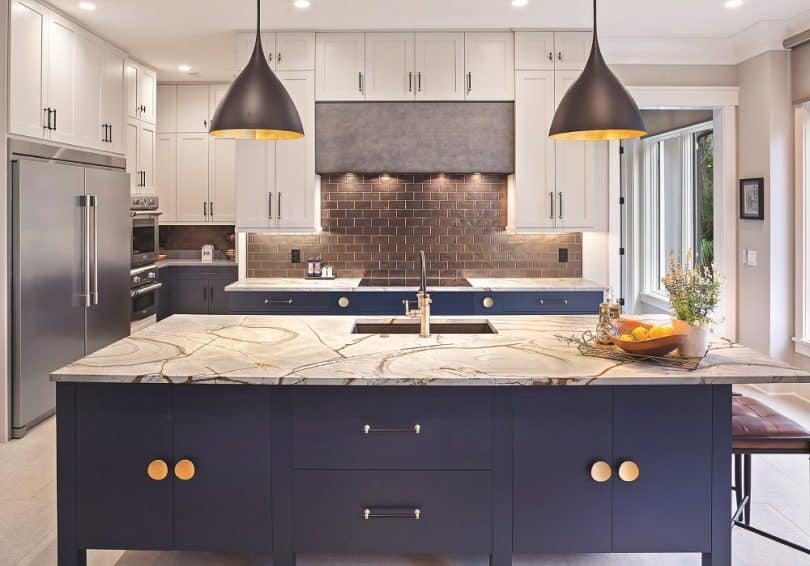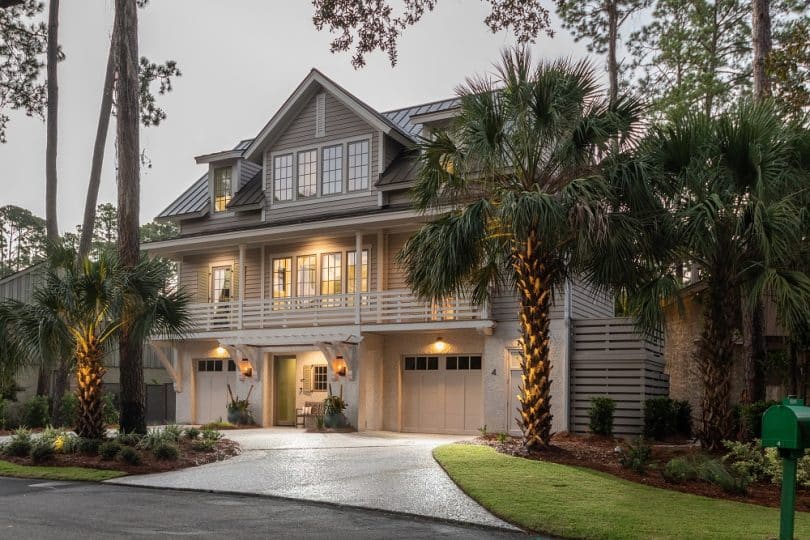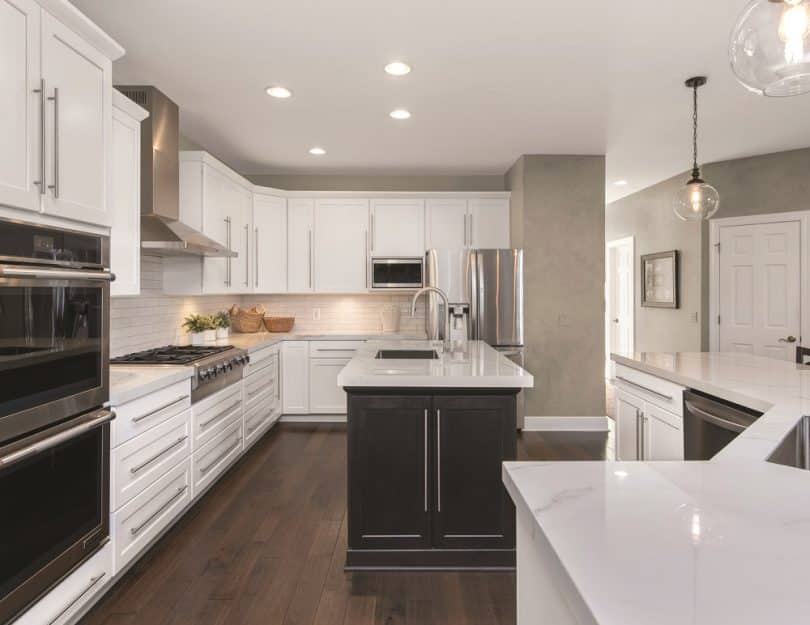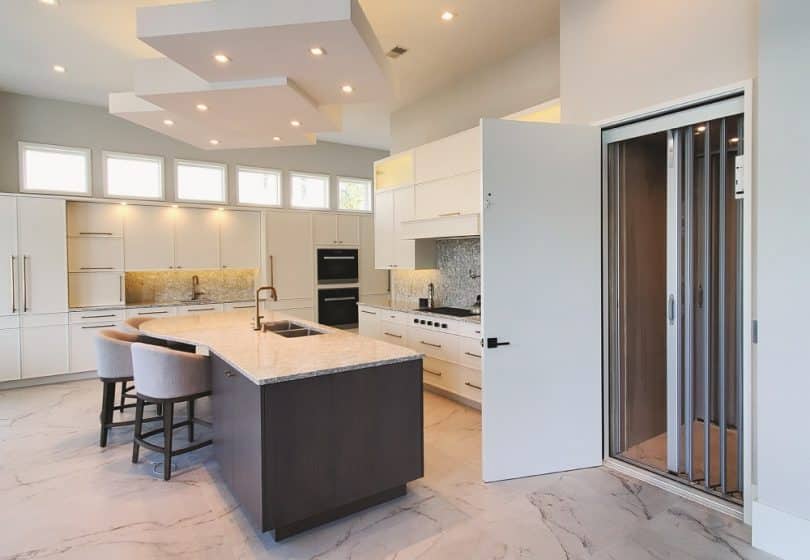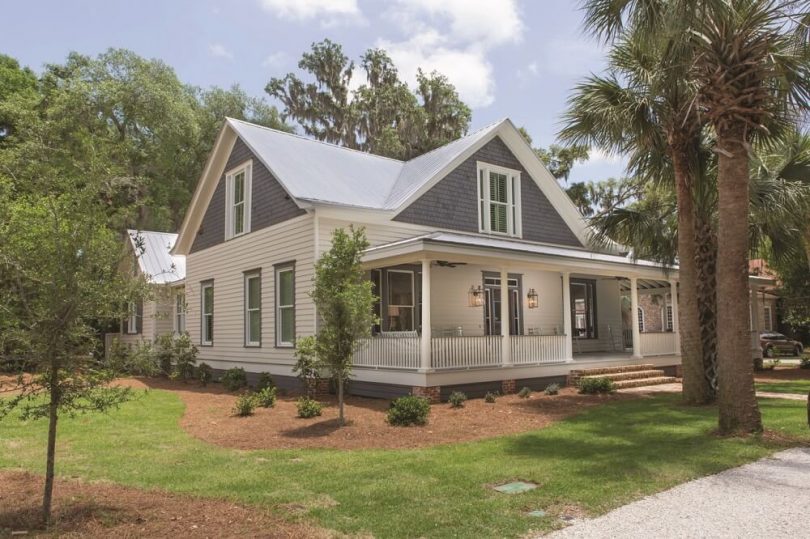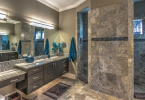Reclaiming history
HOW PRESERVING OUR HISTORIC STRUCTURES HELPS US TELL THE STORIES OF OUR PAST.
This isn’t a story about the renovation of an old house. This isn’t a story about the difficulties overcome in saving one of Bluffton’s historic structures. This is a brief description of how restoring one of Bluffton’s few remaining historic structures brought together pieces of its past that may have otherwise been overlooked and forgotten. In doing so I hope that it may continue to bring awareness to the importance of Bluffton’s remaining structures to ensure they are properly preserved.
My first memory of the Graves Cottage involved its last living resident, Miss Mary Graves, who sat on the side porch on Sunday mornings, quietly observing the comings and goings of the Bluffton United Methodist Church congregation. She would make absolutely sure that no one felt it appropriate to even place a tire on her property during the hour-long Sunday service.
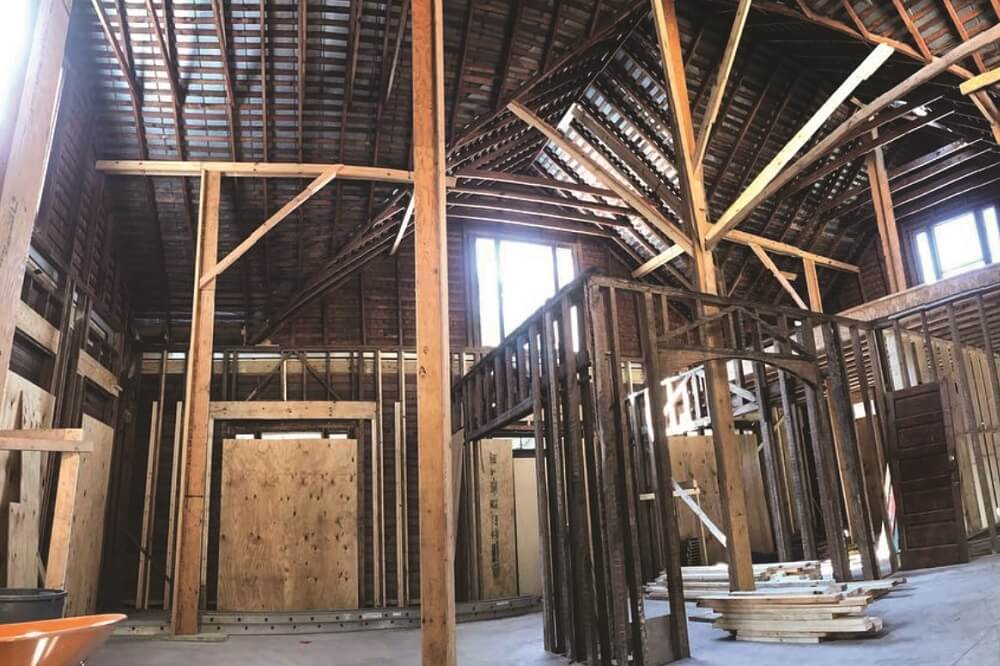
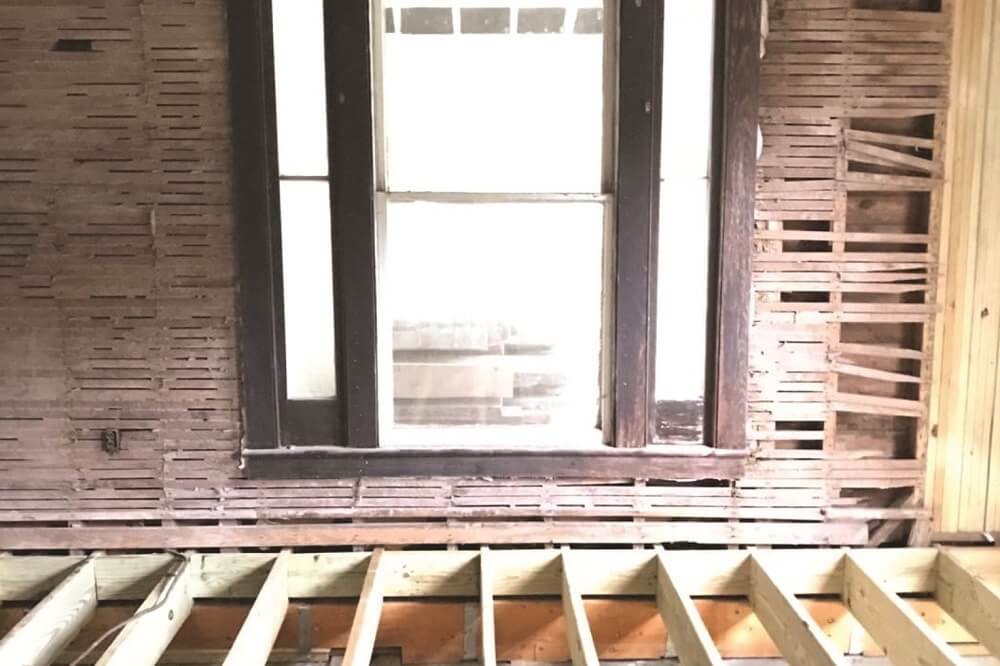
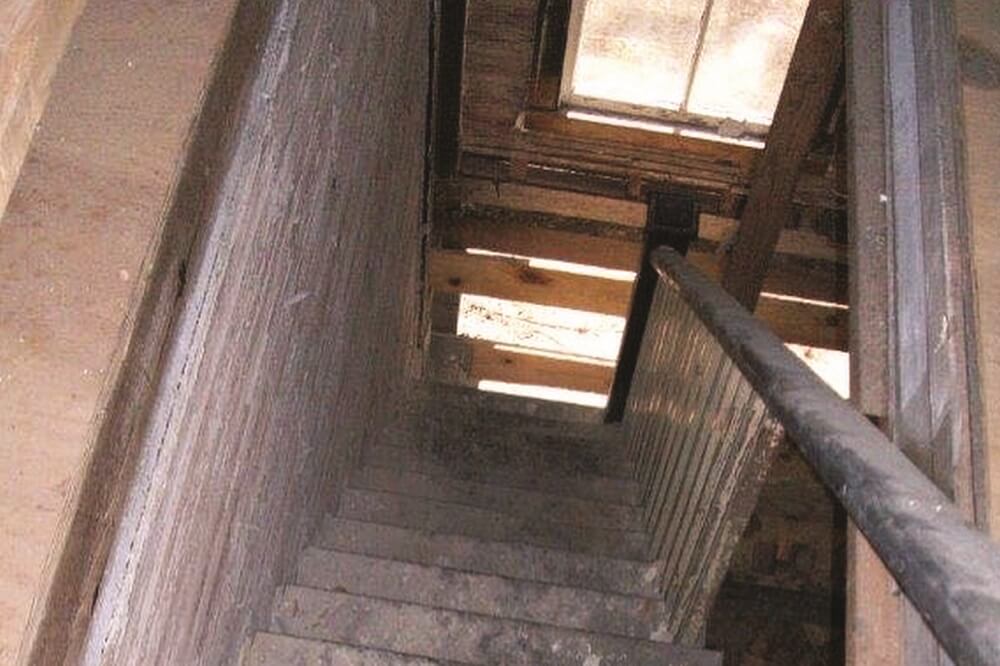
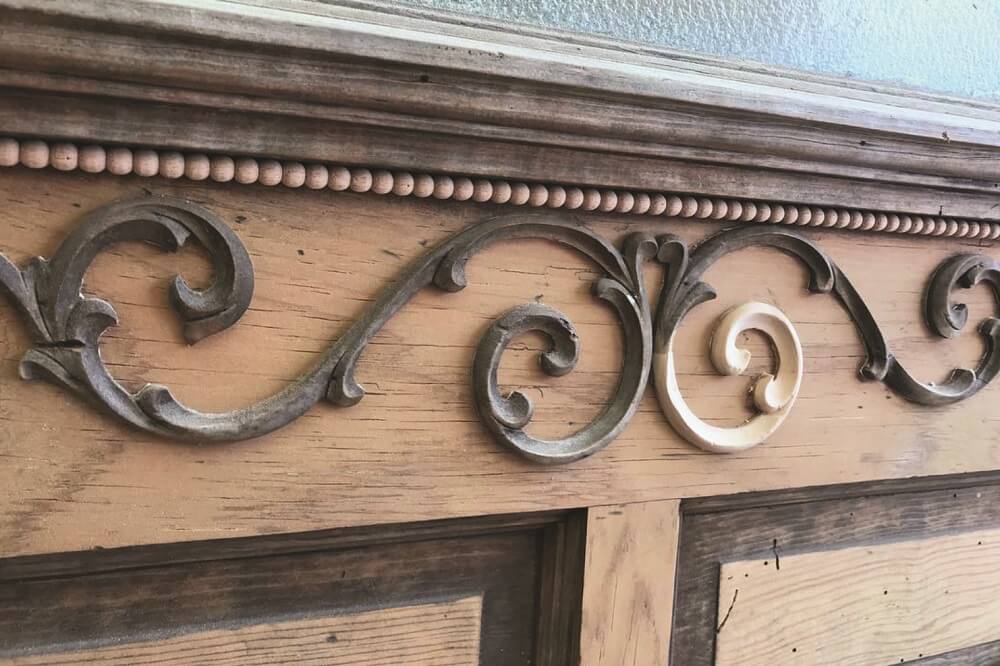
At that time, I had no idea that Miss Graves was overlooking the congregation of a church that her great grandfather helped build 130 years prior. Or that this century old looking church, clothed in authentic Savannah Gray brick, at least 155 years old, was actually reconstructed just 38 years prior and was little older than I. I most certainly had no idea of the connection between the families responsible for the structures that sit across Allen Street from each other.
Our story begins with a brief history of the Bluffton United Methodist Church. The original church of the first Methodist Society in Bluffton was constructed in 1852, making it the oldest church in Old Town, and one of only two that survived the June 4, 1863 “Burning of Bluffton.” It was reportedly saved by two confederate soldiers after a fire had been started under its alter. This first Bluffton Methodist Church was located at 25 Boundary St. and would later become our present-day Campbell Chapel African Methodist Episcopal Church having been sold to nine former slaves including Renty Fields, Jacob Chisholm, William Ferguson, Jeffrey Buncombe, William Smith, David Heyward, Christopher Bryan, Theodore Wilson and William Lightburn. It is worth noting here that South Carolina State Representative and Mother Emanuel Reverend Clementa Pinckney, served as the pastor at Campbell Chapel from 2009-2010.
By 1875 the greater part of the original Bluffton Methodist Church congregation was deceased or moved away. Those remaining, joined the Methodists of the Pritchardville section and purchased the St. Luke Episcopal Church. This church, originally built in 1824 and today known as St. Luke’s Methodist Church, stands as one of South Carolina’s oldest framed churches.
In 1884, Mrs. Mary E. Snyder had begun organizing a Sunday School in her Bluffton home. Later, church services were held in a vacant store, and later in the old Masonic Lodge. Upon the Masonic Lodge being converted into a private residence, services moved to the Episcopal Church. The now “Church of the Cross” provided the Methodist members use of their church every third Sunday at 4:00. On February 1, 1889 a site was purchased from Mrs. B.E. Geurard for the purpose of erecting a church where our current Bluffton United Methodist Church, BUMC, stands for the sum of one hundred and fifty dollars.
Enter Mr. George Sewell Guilford. Guilford was a ship builder by trade who arrived in the LowCountry by way of the Union Army and was stationed on Hilton Head Island. At the end of the Civil War, Mr. Guilford returned to his home in Maine. In 1887, Mr. Guilford returned to Bluffton with his wife, Jane Guilford, and 8 children. In 1889, Mr. Guilford was one of four men elected to the construction committee of the Bluffton United Methodist Church. Possessing a mastery of carpentry skills, he was instrumental in the Church’s construction. Guilford used these skills to erect the church’s bell tower and steeple. A prominent figure in the community, Mr. Guilford, was instrumental in Bluffton’s 1903 incorporation as a SC Township. He became Bluffton’s first mayor, serving 11 consecutive 1-year terms. In 1908, Mr. Guilford built a home for his daughter, Cora Jane, as a wedding gift. Her husband, John Samuel Graves Sr., would also go on to serve as Bluffton’s mayor during the 1940’s. One of Sam and Cora’s seven children, John Samuel Graves Jr., owned and operated the Bluffton Oyster Factory for over 30 years.
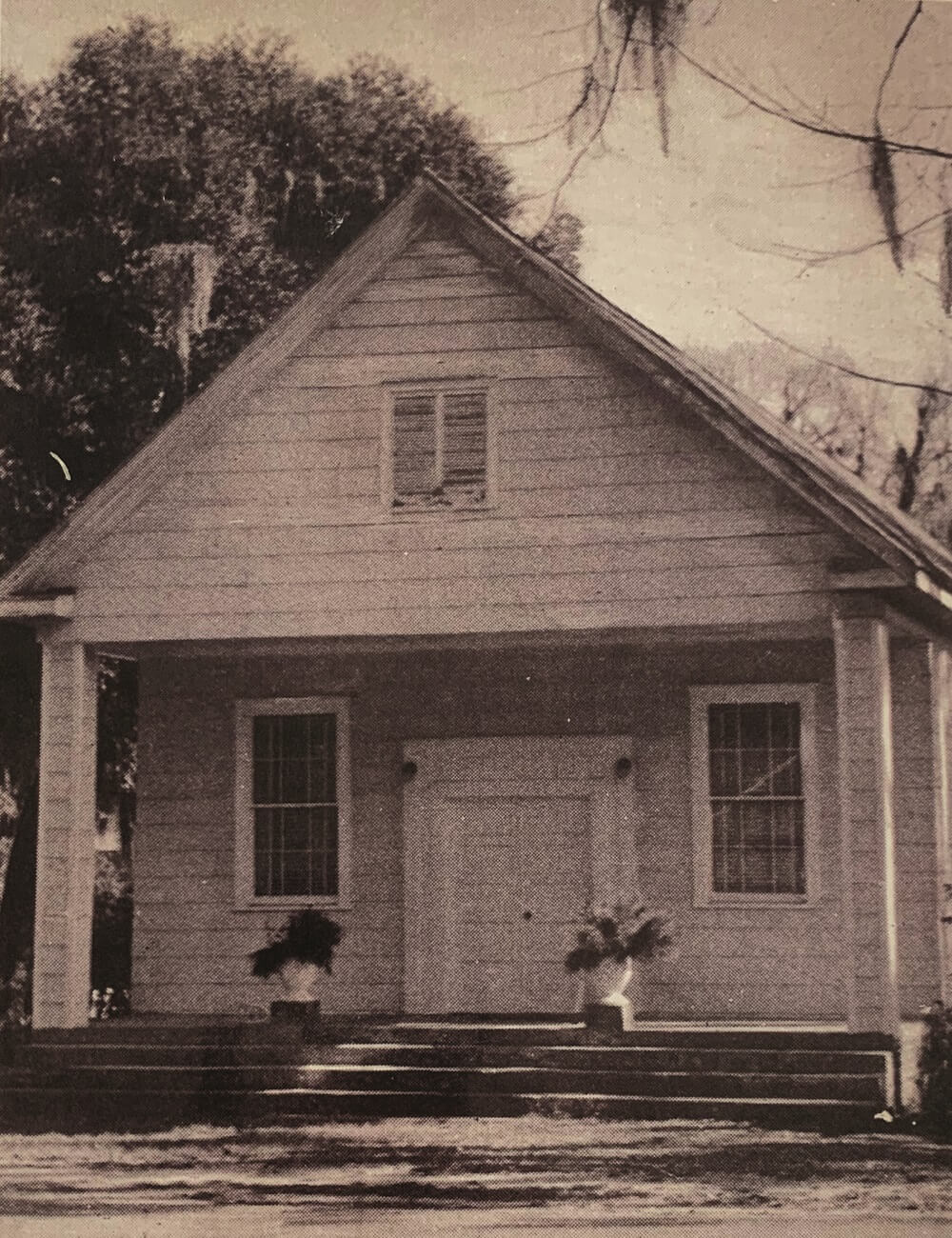
The church built by Guilford and the other founding members of BUMC would stand until Sunday, August 11, 1940 when a category 2 hurricane came ashore in Beaufort. With winds of 105 mph, 34 people were killed and the damage approached 178 million, in today’s dollar. During this storm a majestic live oak fell through the church’s sanctuary. Service was actually held and attended that morning, it’s congregation not having the advantages on today’s forecast technologies. Thankfully the tree fell late in the day with no one inside at the time. Services then again moved to the Episcopal Church of the Cross. The 14-foot wooden cross at the entrance of the church today is made from floor joists taken from this original church.
A new building committee was formed by members of the church including Charlie E. Ulmer. The new church was rebuilt using lumber from the Ulmer Brother’s sawmill. Years later when tearing down the building, Alan A. Ulmer Jr. found a piece of lumber with his father’s name on it.
It is now that I would like to highlight the importance of the Mingledorff family as it relates to the history of both the Bluffton United Methodist Church as well as the Graves Cottage. Walter Lee Mingledorff, Sr. and his wife Elizabeth Percival Mingledorff were prominent figures in the church having purchased the adjacent Weatherson house in order to build the new Education Building in 1957. Mr. Mingledorff later worked in secret to design a new sanctuary and set aside the necessary funds needed to cover the costs. He left this for his wife so that she could offer it to the church as a gift after his passing. Interestingly enough, after Mr. Mingledorff passed, the plans and monies were forgotten or overlooked. It wasn’t until years later when the IRS questioned the bank regarding this charitable trust gaining un-taxed profits before it resurfaced. Mrs. Mingledorff was then called and asked, “would you still like to build this church?” Her answer, I am told, was an excited, yet confused, “Absolutely!”
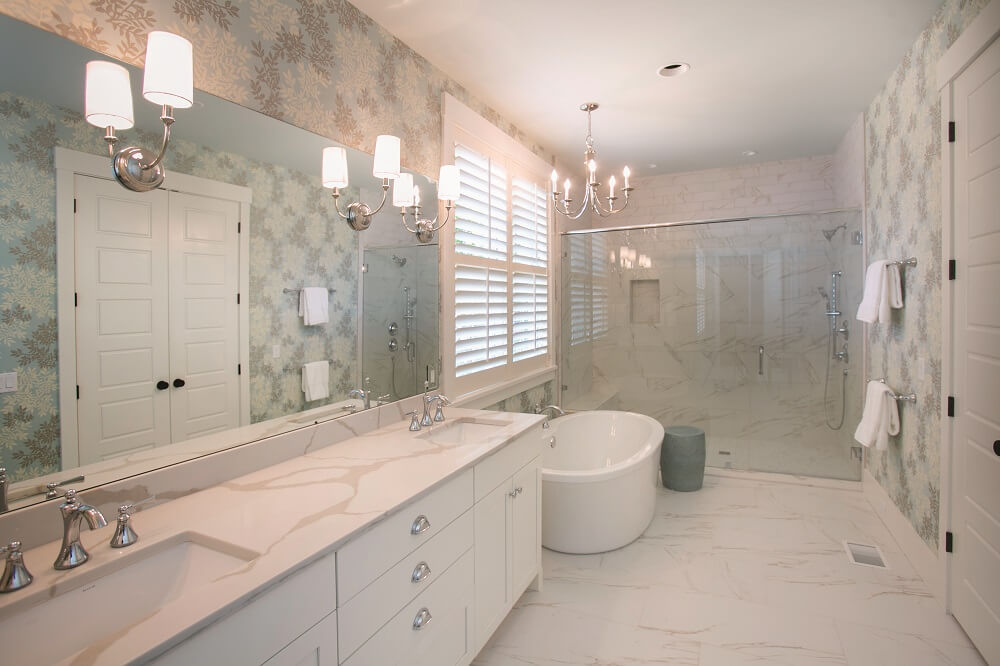
Fast-forward to 2017, the Bluffton United Church has now purchased the Graves Cottage which was sold to investors after the passing of Miss Mary Graves. Bud, the grandson of Walter Lee Mingledorff, Sr., and his wife Shirley offered to provide funding for the restoration of the Grave’s Cottage with the condition that it serve as Parsonage for BUMC. Furthermore, Shirley worked to provide all the furnishings for the parsonage. This is a good deal in honor of Bud’s grandmother, Elizabeth. The Mingledorff’s had years earlier provided BUMC with their second parsonage that sits directly behind the church on Boundary Street. This offering was in an effort to provide residency to the current pastor and his wife who were shared with a Methodist church in Hardeeville and where they resided. Elizabeth had, unintentionally, upset several of the church’s women by providing new furnishings for the parsonage, moving the other furniture, donated by women of the congregation, to a local thrift store. In an effort to both pay homage to Elizabeth and avoid this happening again, the Graves cottage was provided to our current pastor Joey McDonald, his wife Mickaylla, and their four sons completely furnished. Several pieces that once belonged to Elizabeth are there now.
So, there we have it, my attempt in this brief narrative to provide an overview of how a simple structure can provide a tangible representation of a town’s past and its people. Two families, two structures, uniquely tied together and a story almost lost with the passage of time.
After Mary Grave’s passing, this Bluffton cottage navigated a precarious path before finding itself taken apart, put back together and moved 16’ forward on a new foundation. With the leadership of fellow parishioners William Court & James Atkins as well as Andy Harper of the local architectural firm Court Atkins Group the home has been restored in a manner that should allow another 111 years. Kelly Walsh and Wayne Smith of Simpson Construction worked to rebuild the crumbling structure from the inside-out and from the ground up. Simpson Construction has a strong background caring for historic structures. While working to maintain the look and feel of the original structure we brought the home up to current building, structural and energy code requirements. The floor system may be completely new but the original walls and roof structure remain. We have in essence built a roof within a roof and provided structural support within the existing walls for the added load. A composite oyster shell countertop was used for the kitchen island to pay homage to its connection to the Bluffton Oyster Company. The front and Allen St. side porches were rebuilt, and its windows completely restored to their original functionality utilizing hand glazed restoration glass where necessary.
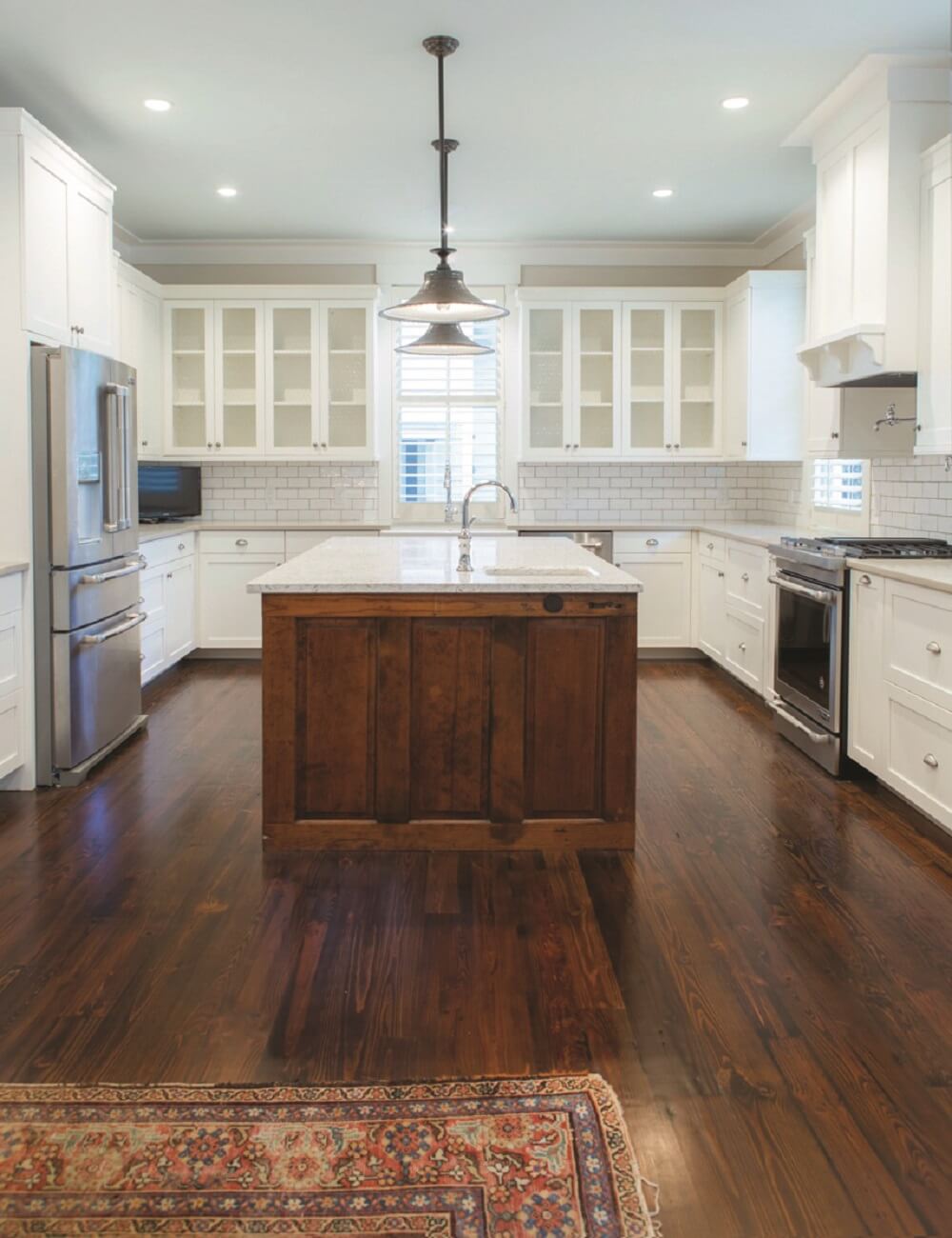
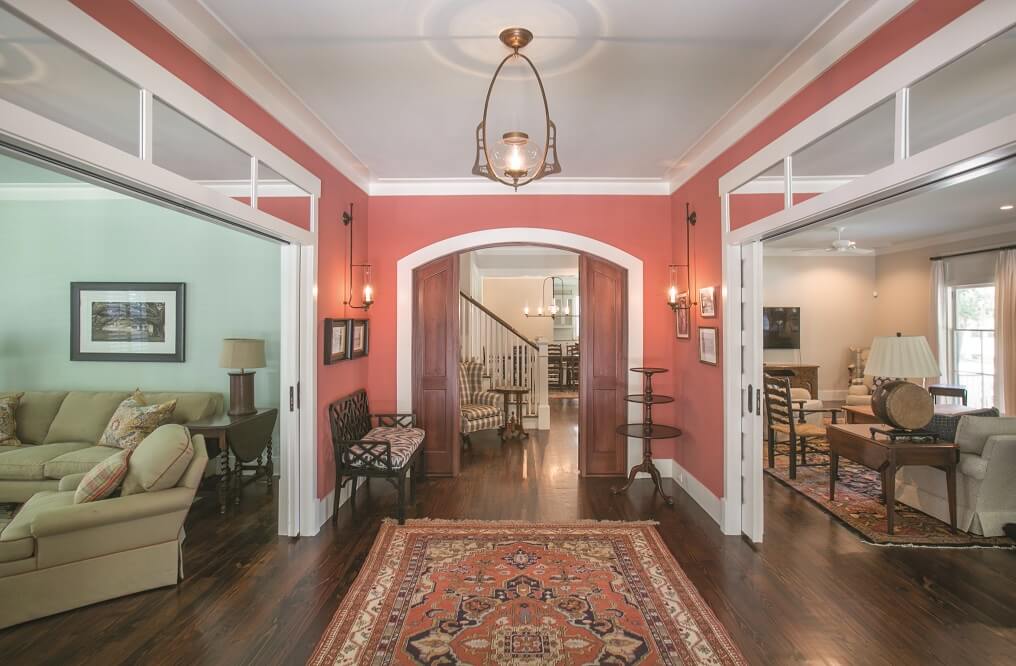
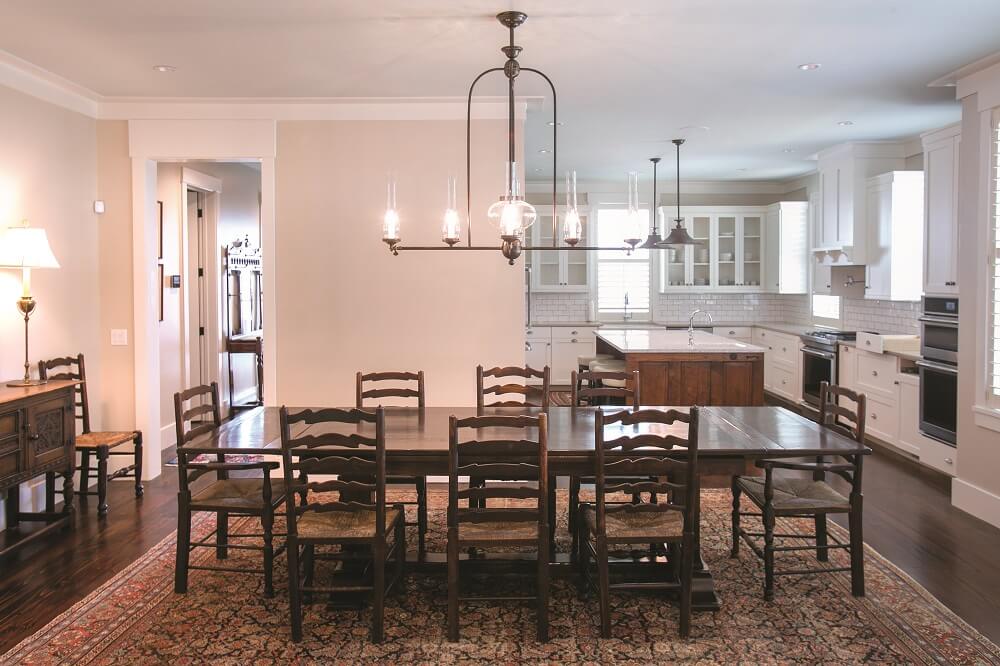
While my ties to this community are relatively short lived compared to those mentioned above, Bluffton is the home of my sons, Cooper 10 and Henry 6. The Bluffton United Methodist Church is where they, along with myself, were baptized. I am honored to have an opportunity to share in the unique history of the Graves Cottage, the Bluffton United Methodist Church and the history of this community. My hope is that through efforts such as these we will learn to be better stewards and purveyors of our past.

